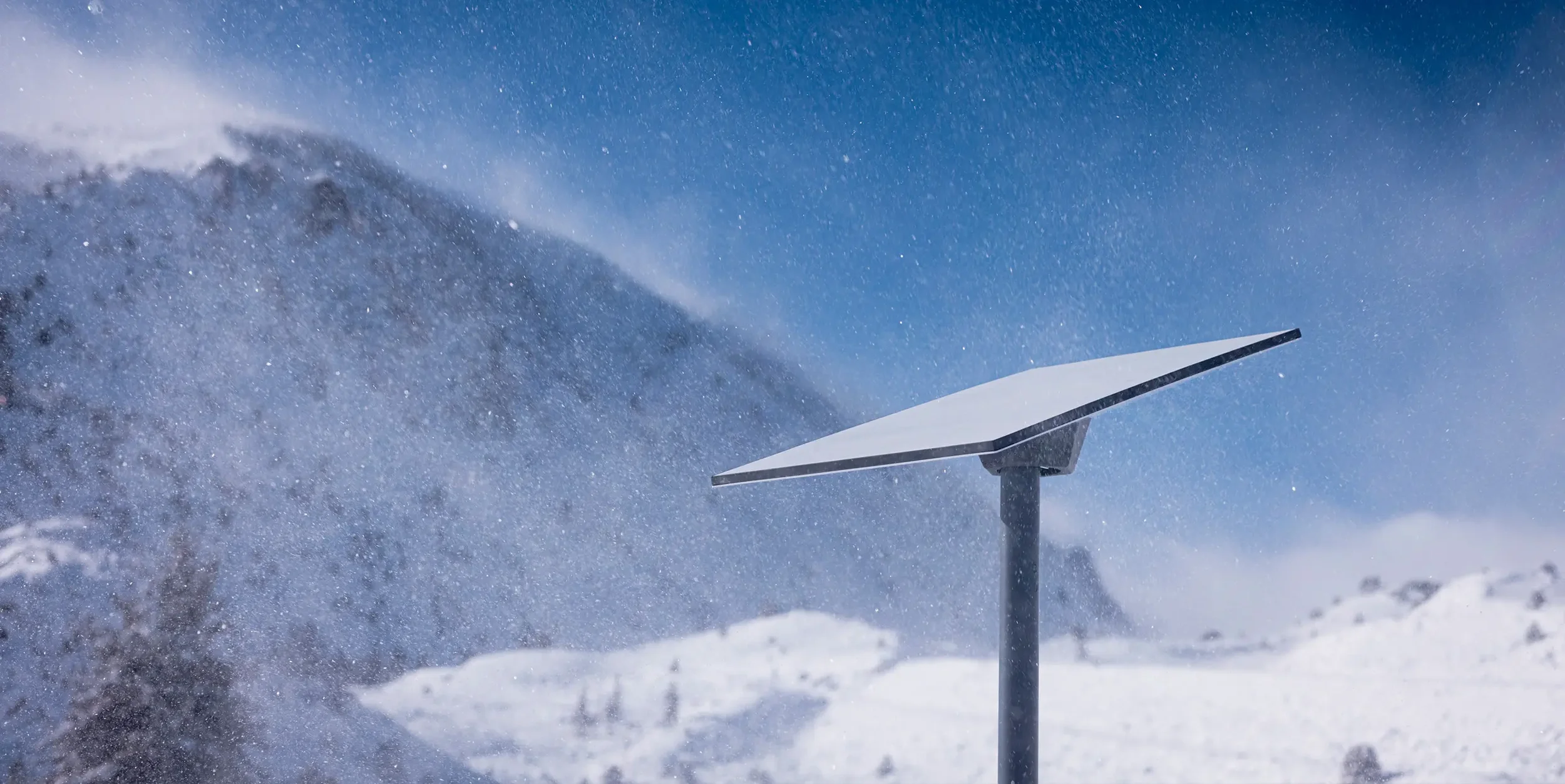Direct-to-Device Crosses the Rubicon: Telco Roadmaps and Device Ecosystems in 2025–26
Starlink provides business, residential and roaming kits and communication services.
Credit: Starlink
Messaging first, then services—how D2D becomes a mainstream network feature
In early January 2025, SpaceX confirmed its first text messages relayed via T-Mobile spectrum over newly launched “Direct to Cell” satellites. By February, Starlink published a service note signalling initial availability for messaging in select markets, framed explicitly as satellites acting like moving LTE towers. That’s the technical and regulatory threshold the category needed: D2D isn’t a distant promise; it’s a bounded service tier that lives alongside terrestrial networks.
Commercially, shifting from demos to service matters more than any single coverage map. Once basic messaging works on unmodified handsets, operator conversations migrate from spectrum paperwork to product packaging: how to expose D2D as a roaming-like feature, how to meter usage, and how to reconcile quality-of-service when “cell towers” move at orbital velocities. The economics won’t be set by raw Mbps; they’ll be shaped by willingness-to-pay in the exact moments that terrestrial networks fail—coasts, deserts, disaster zones, logistics corridors. That’s a very different price signal than suburban broadband.
A proven pattern is startups building platform capabilities that other industries assemble into products and this fits the D2D arc well. Treat satellites as a utility grid with APIs and SLAs, not as hardware curiosities, and innovation migrates to the application and policy layers. Market entry then looks like a layered stack: satellite operators assure coverage windows and device compatibility; MNOs and MVNOs bundle D2D as a resilience feature; app developers (safety, logistics, fintech) design for short bursts and high latency rather than pretending D2D is a drop-in 5G clone.
The go-to-market tone should be pragmatic rather than grand. Handset OEMs don’t need to reinvent radios if the satellite link mimics LTE framing; they need to validate battery behaviour and edge-case handovers. MNOs don’t need to rebrand networks; they need to decide where D2D sits in their tariff ladders and customer-care playbooks. And regulators don’t need to rerun first principles; they need to accelerate cross-border coordination so D2D sessions don’t die at coastlines. If providers position D2D less as a novelty and more as the coverage backstop that just quietly works, adoption will look like any other mainstream network feature—opt-in, priced for reliability, and routinely used by people who never read a launch tweet.
The strategic prize is larger than messaging. Once D2D is normalised, the pathway opens for narrowband IoT, safety beacons, and transactional apps that value certainty over capacity. That’s where non-space founders come in: they can build services that assume global reach by default, a classic disruptive innovation-style move where new attributes (reach, reliability) define the product rather than chasing peak performance.
